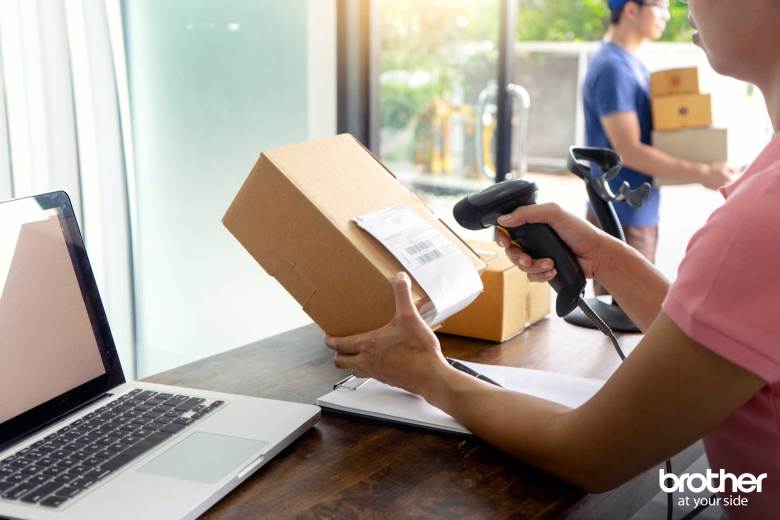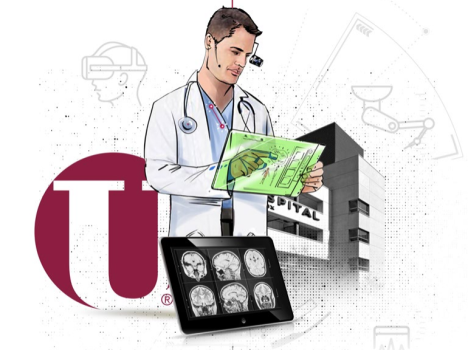
The growing demand for e-commerce capability, even for established brick and mortars, requires an almost perfect balance in inventory. In this shifting retail structure, keeping track of stock and being on top of demand is more vital than ever.
So how can you keep your retail inventory in check with the latest technology?

What is retail inventory management?
Inventory management is careful administration of your complete product catalogue to ensure your customers get the products they want. It sounds deceptively simple, but managing a busy stock to align with demand is a challenge that could cost your business. Good quality inventory management requires processes, people and technology all working in smooth conjunction.
Technology plays a key role – innovative technologies increasingly mean that retailers can provide customers with the speed of service and flexibility they desire alongside cost reductions and increased accuracy in warehouses.

Examples of important retail inventory technologies
1.Stock keeping units
Generally known as SKU, this system gives every product a unique code that is then logged in a master system. The product can be identified and tracked as it’s scanned in along its journey so that retailers can identify where products are at any time.
- Barcodes
Barcodes keep track of individual products through their stock journey and are easy to both print and scan, meaning they are a simple and effective way to coordinate movement of stock.
- Point of sale
Point of sale systems help automatically keep track of how much stock is departing and at what rate. They can be programmed to send alerts when stock is getting low and regularly collate inventory sheets which can then be checked to verify product levels.

- Radio Frequency Identification (RFID)
Small microchips or smart labels attached to products record data and then transmit it via radio waves to a computer system. Instead of scanning individual barcodes to acquire information, data can be collected and entered into a database with minimal human intervention.
- Cloud and APIs
Sophisticated data sharing capabilities through these technologies can help to create a clearer picture of real-time stock movements from anywhere, anytime. This can help with daily management but also by collecting data that will allow for better future predictions and planning decisions.
- Agile labelling
Advanced portable printing solutions can make for a smoother, more accurate and faster process allowing staff to print vital documents and labels immediately rather than having to move back and forth from printer to product, wasting time and increasing opportunities for error.
How can Brother help you improve your inventory management? Click here for more info
![]()
Comment below to have your say on this story.
If you have a news story or tip-off, get in touch at editorial@governmentnews.com.au.
Sign up to the Government News newsletter






Sue Phillips on: 15 councils participate in SA emissions reduction trial
Garth Daddy on: War memorial contracts fudged, audit finds
Roger Buhlert on: New VLGA appointment vows to lift governance standards